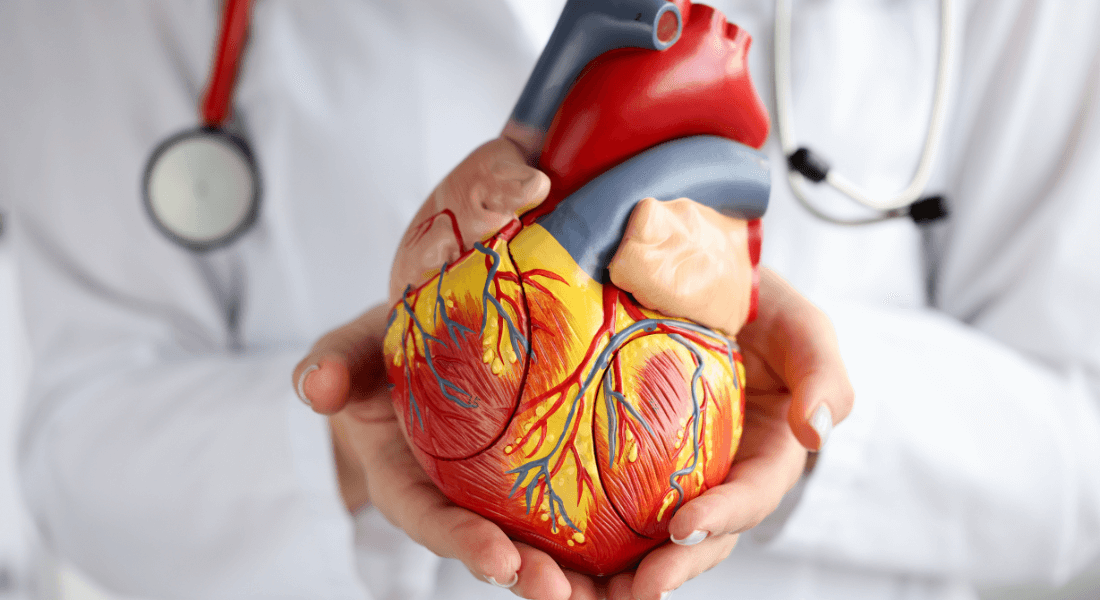The first mapping of the heart's crucial ion channels reveals a surprisingly extensive network of proteins. This understanding is the first step towards more precise treatment for patients with cardiac arrhythmias.

For every heartbeat, a complex interplay is required. The fundamental components are the electrical currents that control the heart's contractions and pump blood throughout the body.
Delving deeper into how these electrical currents cause the heart to pump, we encounter the cleverly designed ion channels. Ion channels are small pathways in the heart that facilitate and regulate the electrical currents controlling the heart's contractions.
Ion channels are microscopic pathways in the heart through which ions like sodium, potassium, and calcium can flow. These ion channels are located in the membranes of heart muscle cells, and it is through these channels that ions can traverse the cell membrane.
Ion channels conduct the electrical current that forms the basis for each heartbeat. Ion channels are proteins, and proteins often collaborate with other proteins. In other words, ion channels are part of a protein network, and the proteins within the network affect and regulate the function of the ion channels.
However, if we dive even deeper into the heart, our understanding becomes limited. Surrounding the ion channels are other proteins that are crucial for the function of these channels.
But until now, we haven't known much about them. With a new study of mouse hearts, we are gaining more knowledge. Researchers have mapped the protein networks of the 13 most important ion channels in the heart. The study's leader is Professor MSO Alicia Lundby from the Biomedical Institute.
"There are more than 800 proteins in the overall network. We have created a map of the proteins that are part of the ion channel network," says Alicia Lundby, adding:
"I was truly surprised by the number of proteins in the networks of the ion channels we have studied. One can think of protein networks somewhat similarly to social networks. We humans participate in social networks, and the people we interact with influence our actions. Similarly, the function of ion channels is influenced by the proteins they are networked with," says Alicia Lundby.
This mapping is fundamental for understanding how the heart's function can be regulated, leading to the development of precise heart medication for people whose hearts don't beat as they should, known as cardiac arrhythmias. These disorders can be challenging to live with and may even pose a risk of cardiac arrest.
"We want to understand which proteins are important for the function of ion channels. We believe that such insight will provide crucial knowledge for identifying new drug targets in the treatment of cardiac arrhythmias. A first step in that direction is to identify the proteins that form networks with ion channels and then prioritize these proteins based on their functional impact," says Alicia Lundby.
Molecular Fishing Rod
Alicia Lundby and her colleagues have worked with heart tissue from mice. They used antibodies to extract ion channels and their networks from the heart tissue for examination.
"Antibodies are molecules that can recognize and bind proteins with high specificity. We used antibodies that specifically bind to the ion channels found in the heart. You can think of the antibody as a sort of molecular fishing rod used to catch the ion channels and their protein networks from the tissue," explains Alicia Lundby.
After extracting the ion channel networks from the heart tissue, the researchers used mass spectrometry to analyze which proteins were present in the samples.
"Mapping the ion channel networks was a significant effort. However, understanding the functional significance of these proteins is an even greater task. To prioritize among the network's proteins, we used information from large genomic studies that identify regions in the genome important for heart rhythm," says Alicia Lundby.
By combining genetic information with information about the proteins in the ion channel networks, the researchers could prioritize the proteins that appeared to have the greatest impact on ion channels.
Discovering new proteins that affect the heart's ion currents is not an everyday occurrence
The researchers investigated ten of these proteins in animal models and then confirmed that precisely those ten proteins are important for the heart's electrical currents. They also discovered that two of the proteins they examined specifically affect the ion channel in the heart responsible for sodium flow.
"The sodium current is crucial for our heart's ability to beat, and finding two unknown interaction partners for it is actually quite significant," says Alicia Lundby, continuing:
"As basic researchers, it's a big deal for us to discover new proteins that influence ion channel currents. Moreover, the sodium channel is a very important pharmacological target used in the treatment of heart patients."
The primary currents in the heart are sodium, potassium, and calcium currents. There are many different ion channels, but the heart has one primary ion channel responsible for directing the sodium current.
Alicia Lundby emphasizes that more research is needed to get closer to developing new heart medication for patients with cardiac arrhythmias.
"We need a deeper mechanistic understanding of how these two proteins affect the channel's function. We have found them, and we have shown that they directly influence the channel's function, but we still don't know exactly how they do it."
Alicia Lundby and her colleagues have already begun new experiments involving these two proteins.
Read "Outlining cardiac ion channel protein interactors and their signature in the human electrocardiogram" in Nature Cardiovascular Research.






